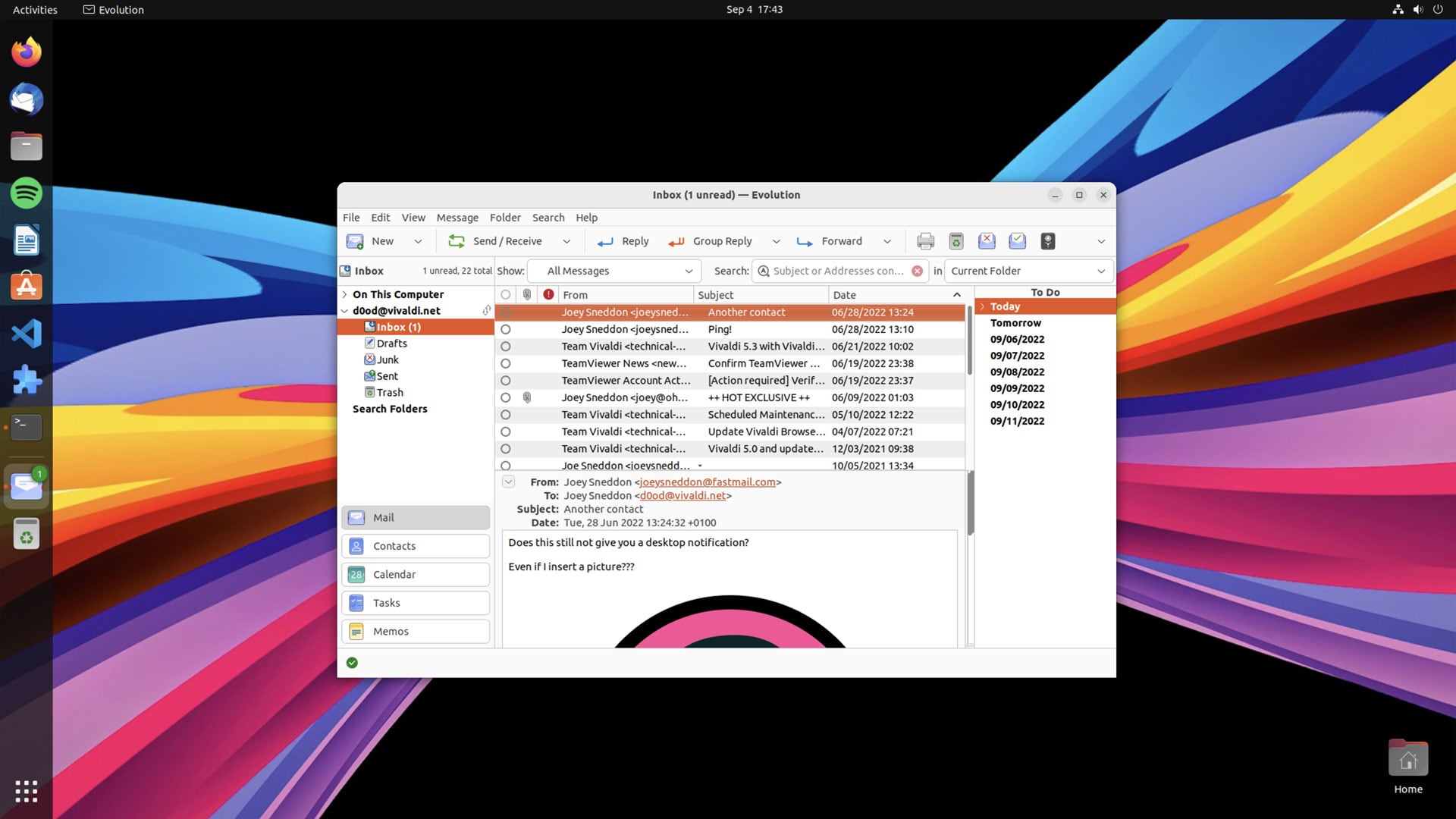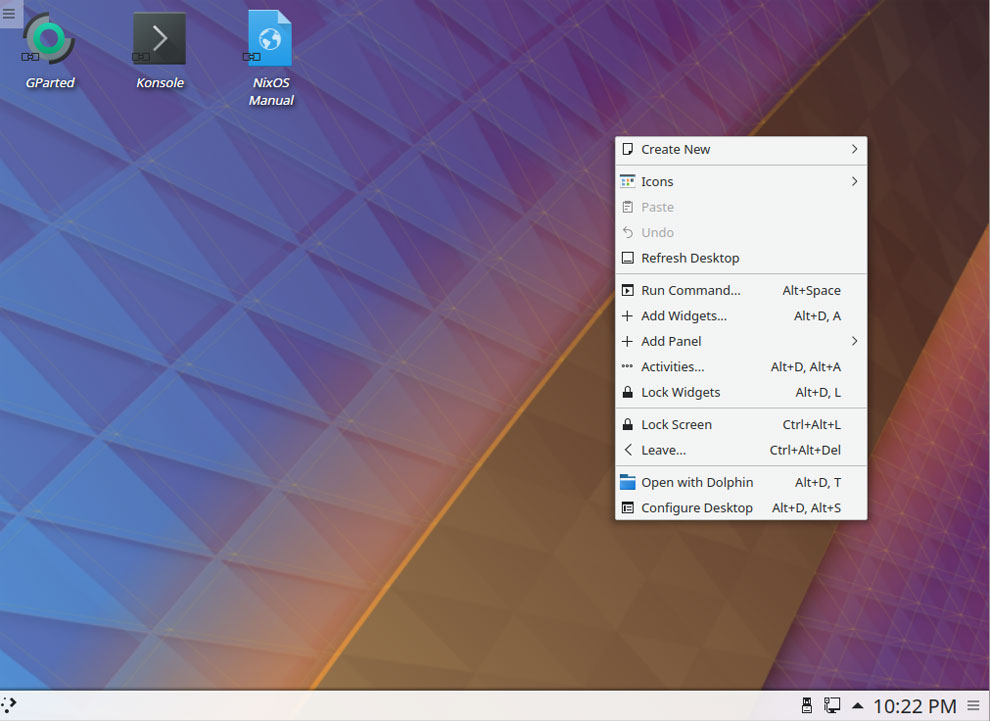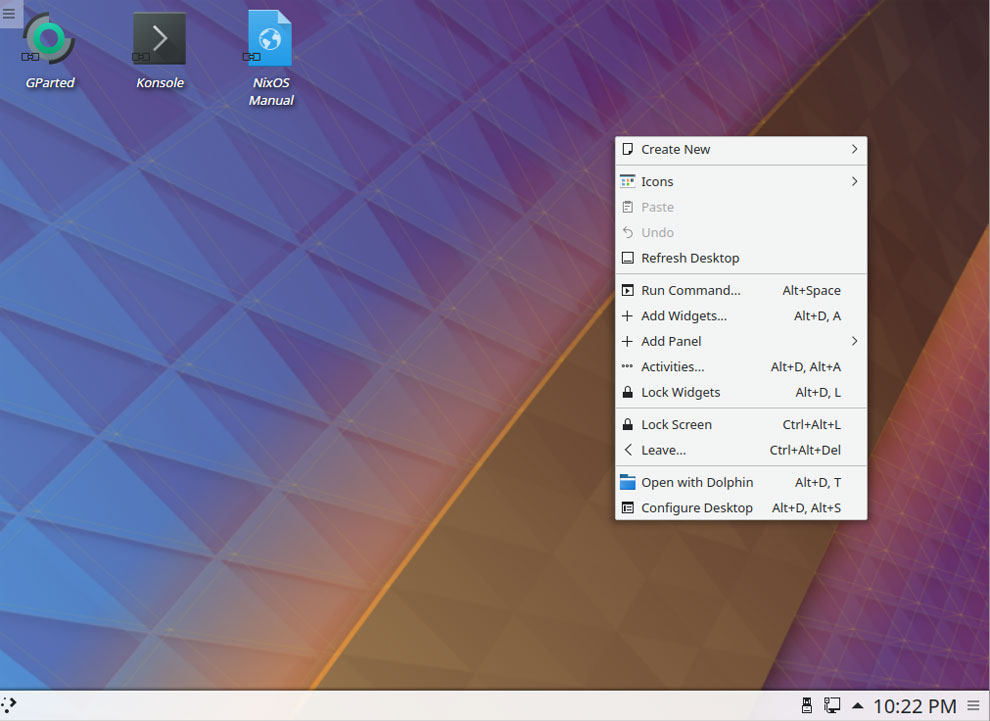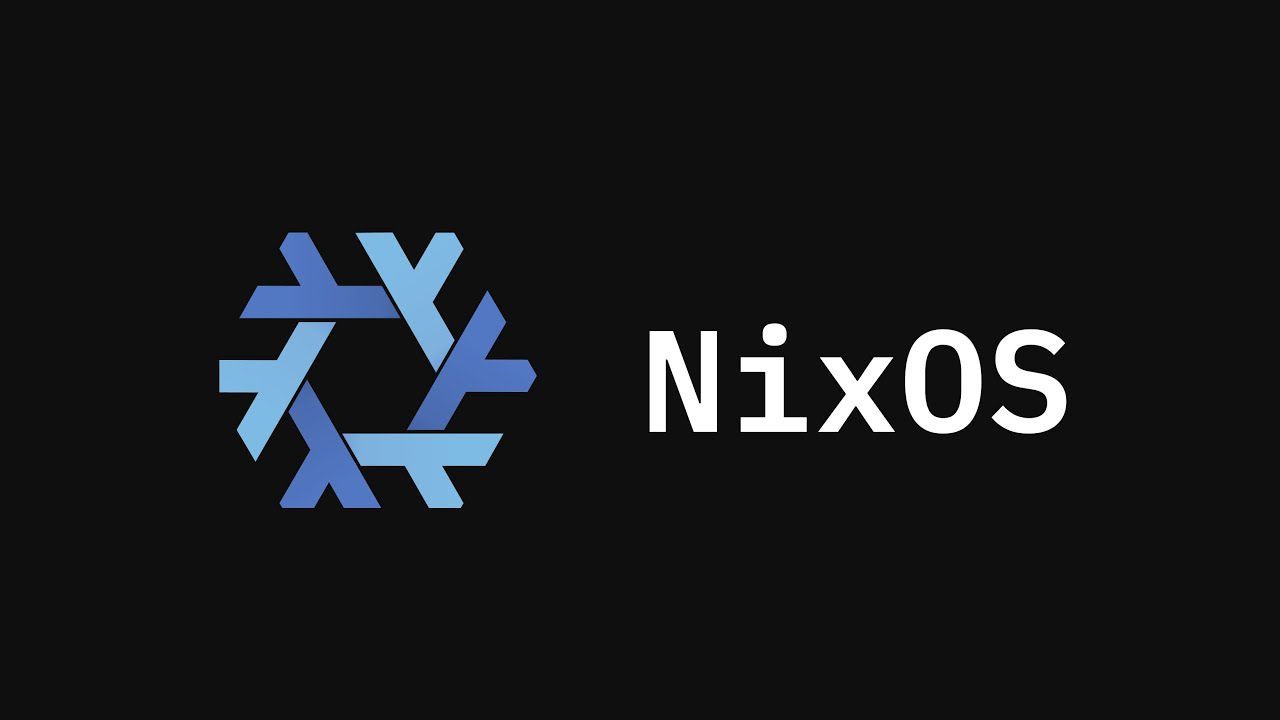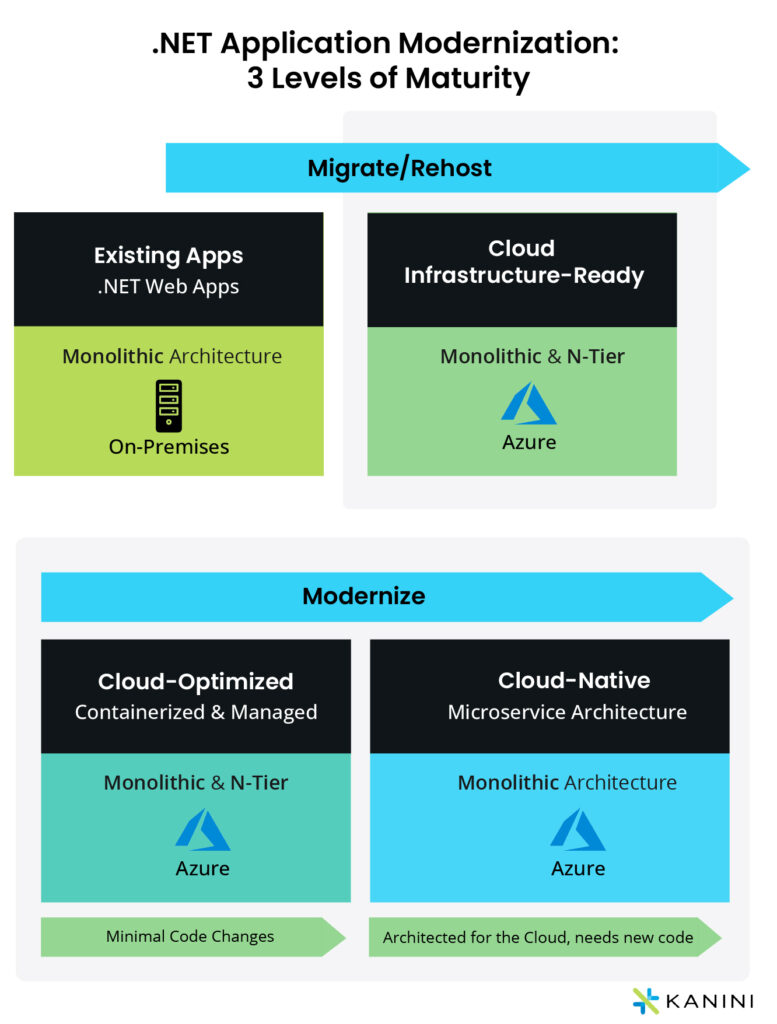
The Evolution of Software Modernization: From .NET to Linux
In the ever-changing landscape of technology, the evolution of software platforms is inevitable. What began as Microsoft’s .NET Framework in 2002 for Windows has now transformed into a cross-platform, open-source .NET Core in 2016. This shift was a response to the rise of Linux, open-source practices, and modern DevOps trends.
Embracing the Cloud for Modernization
The cloud revolutionized the IT industry, offering businesses new opportunities to modernize their applications. Organizations running .NET workloads on AWS found a seamless transition, benefiting from enhanced security, scalability, and global deployment options. The demand for cloud-native technologies like container orchestration and serverless computing paved the way for .NET applications to embrace Linux compatibility.
The Case for Modernizing .NET Workloads
Modernization is not just about keeping up with trends; it’s about unlocking new business capabilities and reducing technical debt. By migrating to modern .NET versions compatible with Linux, organizations can leverage cloud-based technologies and empower their development teams.
Pathways to Modernization on AWS
When it comes to modernizing .NET applications on AWS, organizations have three main pathways: Rehost, Replatform, and Refactor. Each pathway offers unique advantages in terms of scalability, resilience, and innovation.
Tools for Modernizing .NET Workloads
Modernizing legacy .NET applications requires a strategic approach. By assessing candidate applications, understanding key drivers, and leveraging AWS tools like App2Container and Compute Optimizer, organizations can navigate the modernization journey effectively.
Bridging the Gap with WSL
Windows Subsystem for Linux (WSL) has emerged as a bridge between Linux and Windows environments. With WSL, developers can access a proper Linux kernel within Windows 11, enabling seamless interoperability and support for GUI apps.
The Developer’s Dilemma: Windows vs. Linux
While Linux offers unparalleled customization, Windows 11 provides a plug-and-play experience that appeals to the majority of users. The integration of WSL in Windows 11 has blurred the lines between the two ecosystems, offering developers a unique hybrid environment.
Conclusion: A New Era of Software Modernization
As technology continues to evolve, the modernization of software workloads is paramount. Whether it’s migrating to modern .NET versions on AWS or embracing the interoperability of WSL on Windows 11, the future of software development lies in embracing change and innovation.










